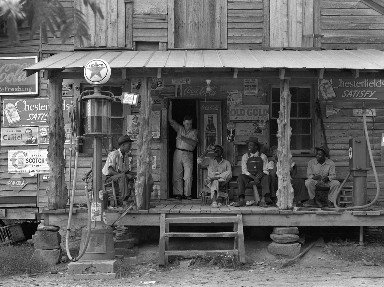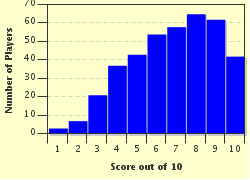Quiz Answer Key and Fun Facts
1. Which city on the Mersey was built on vast profits made from the slave trade?
2. This carcinogenic silicate mineral has been mined for thousands of years. Bearing the name of the mineral, what town used to boast the largest mine for this mineral in the world?
3. During the 1980s this was amongst the wealthiest (per capita) nations on Earth and it was all down to bird droppings. Which Pacific island republic is this?
4. Opened in 1247 as a priory for the Order of the Star of Bethlehem, it became a hospital in 1330 and started accepting the mentally ill some time before the end of the 14th century. Now known as Bethlem Royal Hospital, it specialises in mental illnesses. What word can trace its roots to the noisy inmates of this hospital in times past?
5. One of the Seven Wonders of the Ancient World, this lighthouse was built on the island of Pharos. Next to which modern day city did it stand?
6. International protests against nuclear bomb testing at Mururoa Atoll led in 1985 to Greenpeace losing their flagship vessel 'Rainbow Warrior' to two bombs. Which country got aggressive?
7. Have you ever noticed a cloth on the back of your train or airplane seat? That came about because of a Nineteenth Century men's fashion in Europe to oil their hair. The name for the cloth includes the source of the oil. Where did the oil come from?
8. In 1986 the city of Prypiat in Ukraine was abandoned over the course of two days. What was the reason?
9. Hashima, an island some distance off Nagasaki in Japan, was one of the most densely-populated places in the world until Mitsubishi decided to close it down in 1974. Why were they there?
10. Cottonopolis is a term still used today for this city and environs. In 1871 the mills in Lancashire were using 32% of the world's cotton. Now famed for its soccer teams, what is the name of the city at its hub?
Source: Author
suomy
This quiz was reviewed by FunTrivia editor
bloomsby before going online.
Any errors found in FunTrivia content are routinely corrected through our feedback system.


